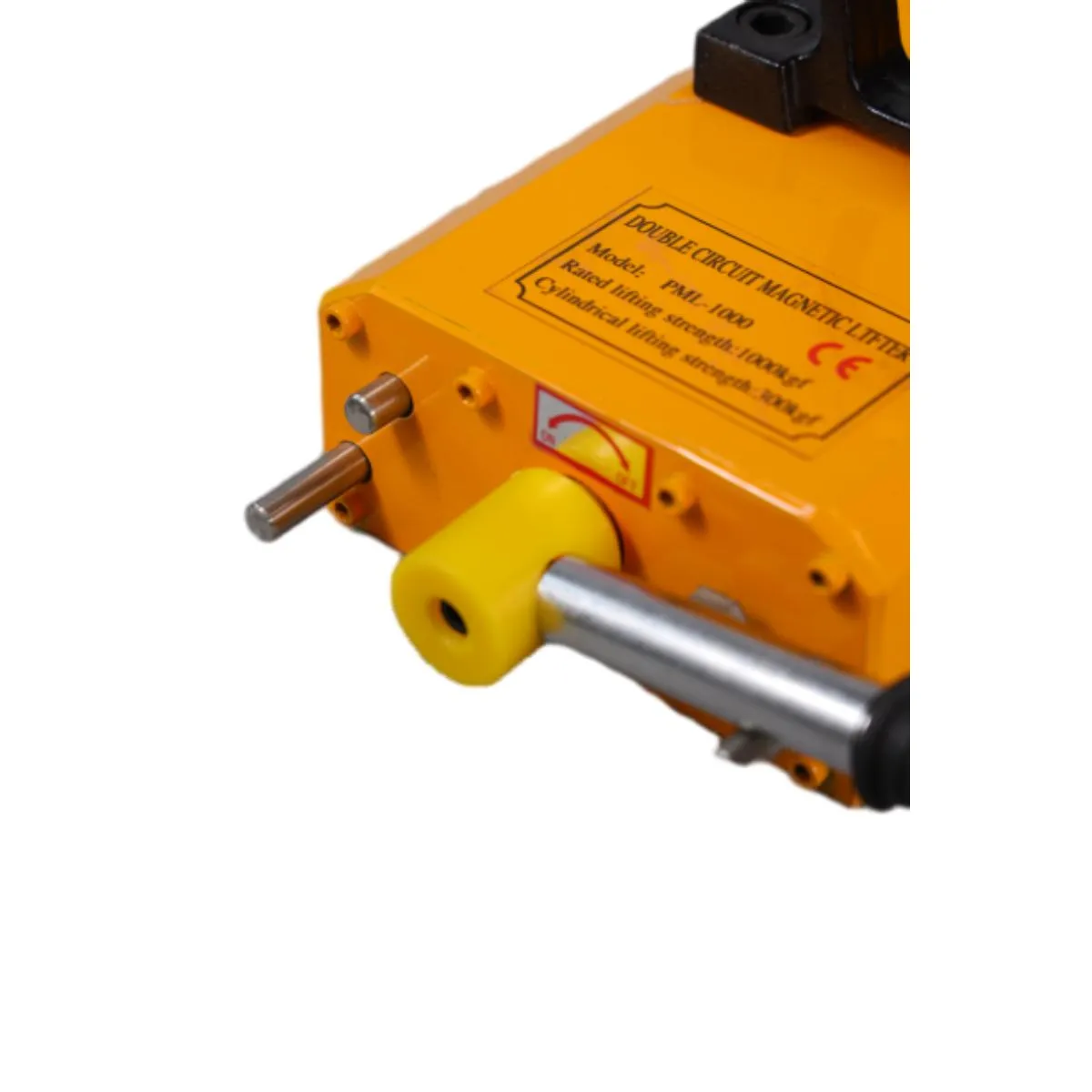Rail-Mounted Crane Systems for Enhanced Material Handling Efficiency and Safety Solutions
Understanding Rail Mounted Cranes Efficiency and Versatility in Material Handling
Rail mounted cranes (RMCs) play a pivotal role in various industries, particularly in shipping yards, steel mills, and construction sites. These cranes offer an unmatched combination of stability, lifting capacity, and mobility, making them an essential component for the efficient handling of heavy loads. This article will explore the design, benefits, applications, and future trends of rail mounted cranes, shedding light on their significance in modern material handling.
What is a Rail Mounted Crane?
A rail mounted crane is a type of overhead crane that runs on rails fixed to the ground. This structure allows the crane to move horizontally along a predetermined path, which is particularly useful in large industrial settings or transport hubs where space is limited. The primary components of an RMC include the crane girder, which supports the hoisting mechanism, and the travel mechanism that moves the entire crane along the rail tracks. Some RMCs are equipped with advanced hoisting systems, such as electric winches, allowing for precise control and lifting of heavy loads.
Key Benefits of Rail Mounted Cranes
1. Enhanced Stability Due to their fixed rail systems, rail mounted cranes provide excellent stability while lifting heavy loads. This stability minimizes the risk of tipping or swaying, contributing to safer operational conditions in busy environments.
2. High Lifting Capacity RMCs are engineered to handle significantly larger weights compared to other types of cranes. This high capacity makes them ideal for lifting and transporting heavy materials, such as shipping containers, steel coils, and construction materials.
3. Efficient Space Utilization The ability to travel along fixed rails allows RMCs to operate in tight spaces without requiring extensive overhead clearance. This makes them particularly useful in crowded shipping yards and manufacturing plants where maximizing available space is crucial.
4. Minimal Ground Footprint Since RMCs operate on rails, they require less floor space compared to other types of cranes. This design allows for a more efficient layout of workspaces and storage areas, optimizing the overall workflow.
5. Versatility and Adaptability Rail mounted cranes can be equipped with various attachments, such as magnetic lifters, grabs, and tongs, allowing for the handling of different types of materials. This versatility makes them suitable for a wide range of applications across different industries.
Applications of Rail Mounted Cranes
Rail mounted cranes are predominantly used in various sectors, including
rail mounted crane

- Shipping and Dockyards In ports, RMCs are frequently employed for loading and unloading containers from ships, facilitating seamless operations in logistics and maritime industries.
- Manufacturing and Steel Production In steel mills, these cranes transport heavy slabs of metal and parts between different processing stations, streamlining manufacturing processes.
- Construction Sites RMCs are increasingly used in construction to move large equipment and materials between various locations on a job site, enhancing productivity.
- Waste Management and Recycling Rail mounted cranes are also utilized in waste treatment facilities to lift and move heavy containers and materials for processing.
Future Trends in Rail Mounted Crane Technology
The rail mounted crane industry is witnessing significant advancements driven by technology. Here are some notable trends shaping its future
1. Automation and Smart Technology The integration of automated systems and IoT (Internet of Things) technology is set to revolutionize RMC operations. Automated cranes can optimize lift cycles, reduce human error, and increase efficiency.
2. Sustainability Focus As industries increasingly prioritize sustainability, rail mounted cranes are being designed with energy-efficient systems and eco-friendly materials, minimizing their environmental impact.
3. Enhanced Safety Features Innovations in safety technology, such as collision detection systems and advanced monitoring, are being integrated into RMC designs to prevent accidents and improve operator safety.
4. Modular Design Future RMCs may incorporate modular designs, allowing for easier upgrades, maintenance, and scalability, enabling companies to adapt their systems to evolving operational needs.
Conclusion
Rail mounted cranes are indispensable tools in today’s industrial landscape, providing essential functions for material handling in various sectors. As technology continues to evolve, these cranes are becoming more efficient, safer, and environmentally friendly. Their ability to lift heavy loads while maintaining stability and occupying minimal floor space will likely ensure their relevance and importance in the ever-changing landscape of industrial operations.
-
Unlock Seamless Relocation with Our Heavy Equipment Moving ExpertiseNewsJun.06,2025
-
Unleash Unrivaled Flexibility with Our Adjustable Gantry CraneNewsJun.06,2025
-
Unleash Heavy-Duty Efficiency with Our Industrial Gantry Crane SolutionsNewsJun.06,2025
-
Revolutionize Steel Handling with Our Magnetic Lifter RangeNewsJun.06,2025
-
Master Equipment Mobility with Premium Machinery Mover SolutionsNewsJun.06,2025
-
Elevate Your Material Handling with Magnetic Lifter TechnologyNewsJun.06,2025
-
YS Permanent Lifting Magnets: The Smarter Way to Handle SteelNewsMay.22,2025
